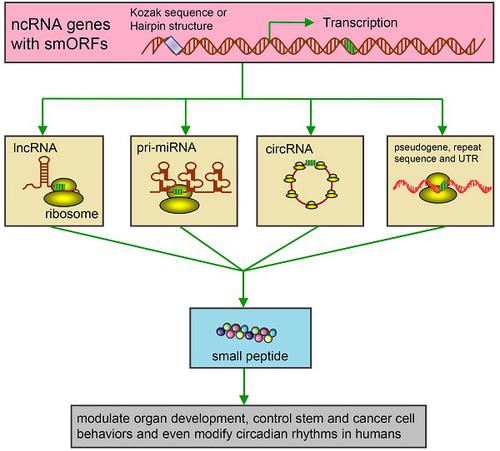当前位置:
X-MOL 学术
›
Theranostics
›
论文详情
Our official English website, www.x-mol.net, welcomes your feedback! (Note: you will need to create a separate account there.)
Establishing sheep as an experimental species to validate ultrasound-mediated blood-brain barrier opening for potential therapeutic interventions
Theranostics ( IF 12.4 ) Pub Date : 2018-04-03 , DOI: 10.7150/thno.22852 Matthew Pelekanos , Gerhard Leinenga , Mostafa Odabaee , Maryam Odabaee , Siamak Saifzadeh , Roland Steck , Jürgen Götz
Theranostics ( IF 12.4 ) Pub Date : 2018-04-03 , DOI: 10.7150/thno.22852 Matthew Pelekanos , Gerhard Leinenga , Mostafa Odabaee , Maryam Odabaee , Siamak Saifzadeh , Roland Steck , Jürgen Götz

|
Rationale: Treating diseases of the brain such as Alzheimer's disease (AD) is challenging as the blood-brain barrier (BBB) effectively restricts access of a large number of potentially useful drugs. A potential solution to this problem is presented by therapeutic ultrasound, a novel treatment modality that can achieve transient BBB opening in species including rodents, facilitated by biologically inert microbubbles that are routinely used in a clinical setting for contrast enhancement. However, in translating rodent studies to the human brain, the presence of a thick cancellous skull that both absorbs and distorts ultrasound presents a challenge. A larger animal model that is more similar to humans is therefore required in order to establish a suitable protocol and to test devices. Here we investigated whether sheep provide such a model.
中文翻译:

将绵羊确定为实验物种,以验证超声介导的血脑屏障开放性,以进行潜在的治疗干预
理由:由于诸如血脑屏障(BBB)有效地限制了许多潜在有用药物的使用,因此治疗诸如阿尔茨海默氏病(AD)等脑部疾病具有挑战性。治疗超声是解决该问题的一种潜在方法,超声是一种新颖的治疗方式,可以在包括啮齿类动物在内的物种中实现短暂的血脑屏障开放,而生物学上惰性的微气泡通常在临床上用于增强对比,从而促进了这种作用。然而,在将啮齿动物研究转化为人脑的过程中,既存在厚的松质头骨又会吸收和扭曲超声波的存在提出了挑战。因此,为了建立合适的协议并测试设备,需要一个更类似于人类的更大的动物模型。在这里,我们调查了绵羊是否提供了这样的模型。
更新日期:2018-09-01
中文翻译:

将绵羊确定为实验物种,以验证超声介导的血脑屏障开放性,以进行潜在的治疗干预
理由:由于诸如血脑屏障(BBB)有效地限制了许多潜在有用药物的使用,因此治疗诸如阿尔茨海默氏病(AD)等脑部疾病具有挑战性。治疗超声是解决该问题的一种潜在方法,超声是一种新颖的治疗方式,可以在包括啮齿类动物在内的物种中实现短暂的血脑屏障开放,而生物学上惰性的微气泡通常在临床上用于增强对比,从而促进了这种作用。然而,在将啮齿动物研究转化为人脑的过程中,既存在厚的松质头骨又会吸收和扭曲超声波的存在提出了挑战。因此,为了建立合适的协议并测试设备,需要一个更类似于人类的更大的动物模型。在这里,我们调查了绵羊是否提供了这样的模型。



























 京公网安备 11010802027423号
京公网安备 11010802027423号